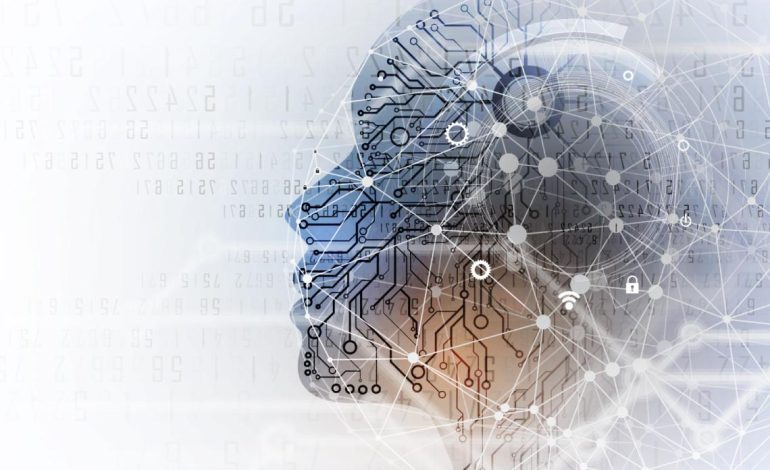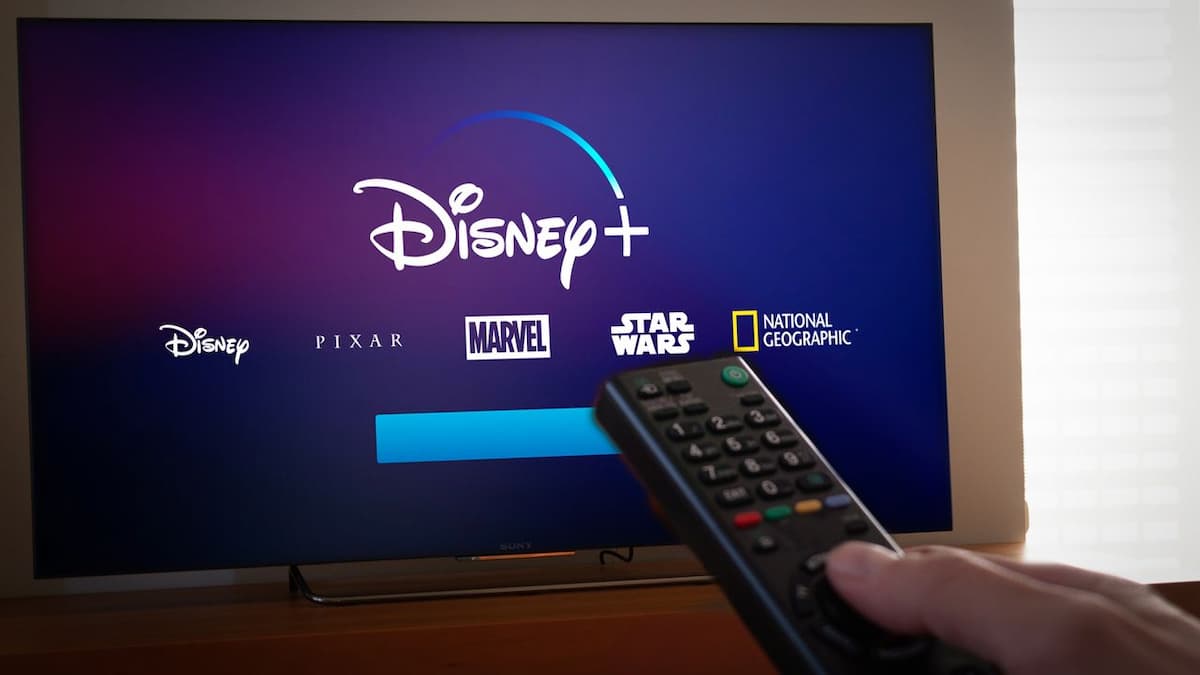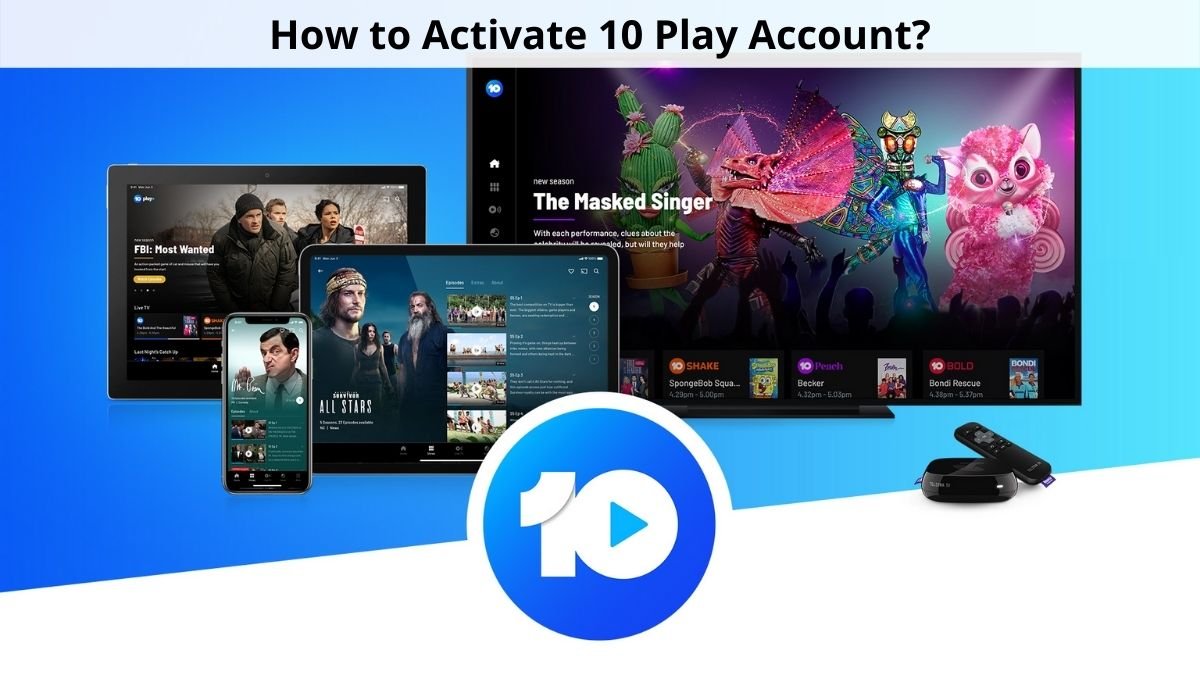
McKinsey’s latest research on the economic potential of AI found that generative artificial intelligence (AI) can add anywhere from £2.6 to £4.4 trillion to the global economy across 63 use cases.
That includes translations, especially for marketing, sales, and customer operations.
What exactly does that mean, however? Will we have robots translating text and speech rather than humans who speak the language? Or will there even be a need for a professional translation service a decade or two down the line?
Intriguing, isn’t it? Let’s take a closer look at whether AI has what it takes to replace translation companies that specialise in textual and verbal communication.
Current State of Translation Services
It would be unfair to discredit how smart AI has gotten in the past decade. The breakthroughs in machine learning and generative AI have led the way for better AI translators.
To better understand different types of translation services and the impact Artificial Intelligence has on language translations, we spoke to translation and interpreting experts from TS24, the UK’s leading translation agency specialised in professional translation services.
We asked TS24 whether they see any changes in translation processes and their clients’ general approach to their services.
A senior translator from TS24 told us, “Without a shadow of a doubt, Artificial Intelligence has an effect on the linguistic industry. Today, we see a growth in the number of clients explicitly asking for AI translations and post-editing services by an experienced human translator, a service that wasn’t very popular even 5 years ago. Humans cannot match the speed of machine translations, however, proofreading and editing by a human linguist is still something that the majority of industry experts strongly recommend in order to achieve the highest accuracy and socio-cultural suitability.”
How Does AI Translation Work?
The simplest example of AI translation you might have come across is Google Translate. You’re reading this new novel where the protagonist’s French love interest says something in their native language, and you rush over to Google Translate because you can’t miss out on the courtship drama.
But AI translation has gotten much better than that over the years. Now, you can use AI to translate niche content, like legal or medical documents.
At the base of it, AI translation depends on machine learning. Let us paint an image. A machine learns the whole English to Afrikaans dictionary. Then, it goes on to do the same for all other languages.
When you feed it a word, it gives you its corresponding translation. Simple!
An example of such a bot is Meta’s AI. It can translate about 204 languages and claims to be more accurate than current translators. For comparison, Microsoft Translator translates 129 languages, and Google Translate works for only 113.
The takeaway? AI translation is getting better and more comprehensive. But how good is ”better?”
AI Doesn’t Understand Context
A significant difference between human and AI translation is context. Anyone who speaks two or more languages knows that the same word can mean different things in different contexts.
An AI tool doesn’t care for that, however. It simply provides an output for your text, irrespective of the context.
Unfortunately, poor contextual understanding often results in monetary loss. A good example is HSBC Bank, which translated its slogan ”Assume Nothing” to all the languages its international customers spoke.
However, the lack of context resulted in ”Assume Nothing” being translated as ”Do Nothing” in several languages. The original slogan that reflected the company’s transparency now translated to a message of inaction.
HSBC Bank had to spend $10 million to fix this mistake. The financial institution eventually changed its slogan and translated it accurately across its global locations. Phew!
Businesses relying solely on AI translations today can repeat this mistake. On the other hand, a human translator understands context.
That’s particularly useful in business-related translations, where you have to ”localise” the translation according to the target audience’s cultural norms and regional colloquialism.
A professional translation service only works with native linguists who understand a text’s expressions, idioms, jargon, and syntax. Thus, they can identify the subtleties in the text and provide a translation that reads fluently in the target language.
AI Is Error-Prone
Interestingly, many of us believe that AI doesn’t make errors. After all, it’s a machine programmed to work on specific parameters. It shouldn’t make mistakes, should it? But it does.
Research has found that AI could be more error-prone in image-based diagnosis than human clinicians. Similarly, AI journalism is also branded as an ”error-prone mess” as AI tends to get figures, statistics, and concepts wrong in technical topics.
Compared to healthcare or journalism, translations may seem more straightforward. But there’s still a margin of error, especially when the content becomes more complex.
An AI translator may do a good job of translating a written conversation between you and your client. However, it may fall short when translating a jargon-heavy user manual for your African or European customers in their respective languages.
AI Doesn’t Speak All Languages
Humans speak over 7,000 languages globally. How many can AI translate? Not even 500. As mentioned earlier, even the best AI tools barely translate the more commonly spoken hundred or so languages.
The issue becomes more complicated when you account for the dialects and vocabulary of these languages. AI cannot comprehend these complexities.
Instead, a professional translation service provider can. Human speakers can identify and account for nuance in translations. They know when to drift away from established parameters to ensure accurate translation — a quality AI doesn’t have.
AI Lacks the ”Human” Touch
When it comes to customer engagement and marketing, international businesses need to connect with their customers on a personal level. To accomplish this, the content must exhibit emotions, empathy, and an understanding of the nuances that come with it.
The inability of AI to interpret culture and meaning makes translations a demanding task. AI cannot replicate a human-level understanding of cultural context. So, businesses should only rely on human translation services for marketing and branding translations.
Where Can AI Translations Help?
Even though AI is not out for human translators’ jobs, we cannot completely rule out its importance. A boom in globalisation has increased the need for translation in all fields, from banking and entertainment to tech and finance.
In fact, the global language services market has doubled in the period between 2009 and 2019. The increasing demand for translation has resulted in translator burnout, slow turnaround times, and expensive costs.
That’s where AI comes in to take some of the burden off. Instead of using it for full-fledged translations, we can employ AI as an assistant. AI can provide suggestions and assist human translators, especially regarding mundane tasks.
While the future is uncertain, the current consensus about AI dethroning professional translation services is that the prospect is seemingly unlikely. AI can definitely save time by doing mundane tasks for translators, but it cannot replace human translations, which require cultural understanding, context, emotion, and colloquialism.








